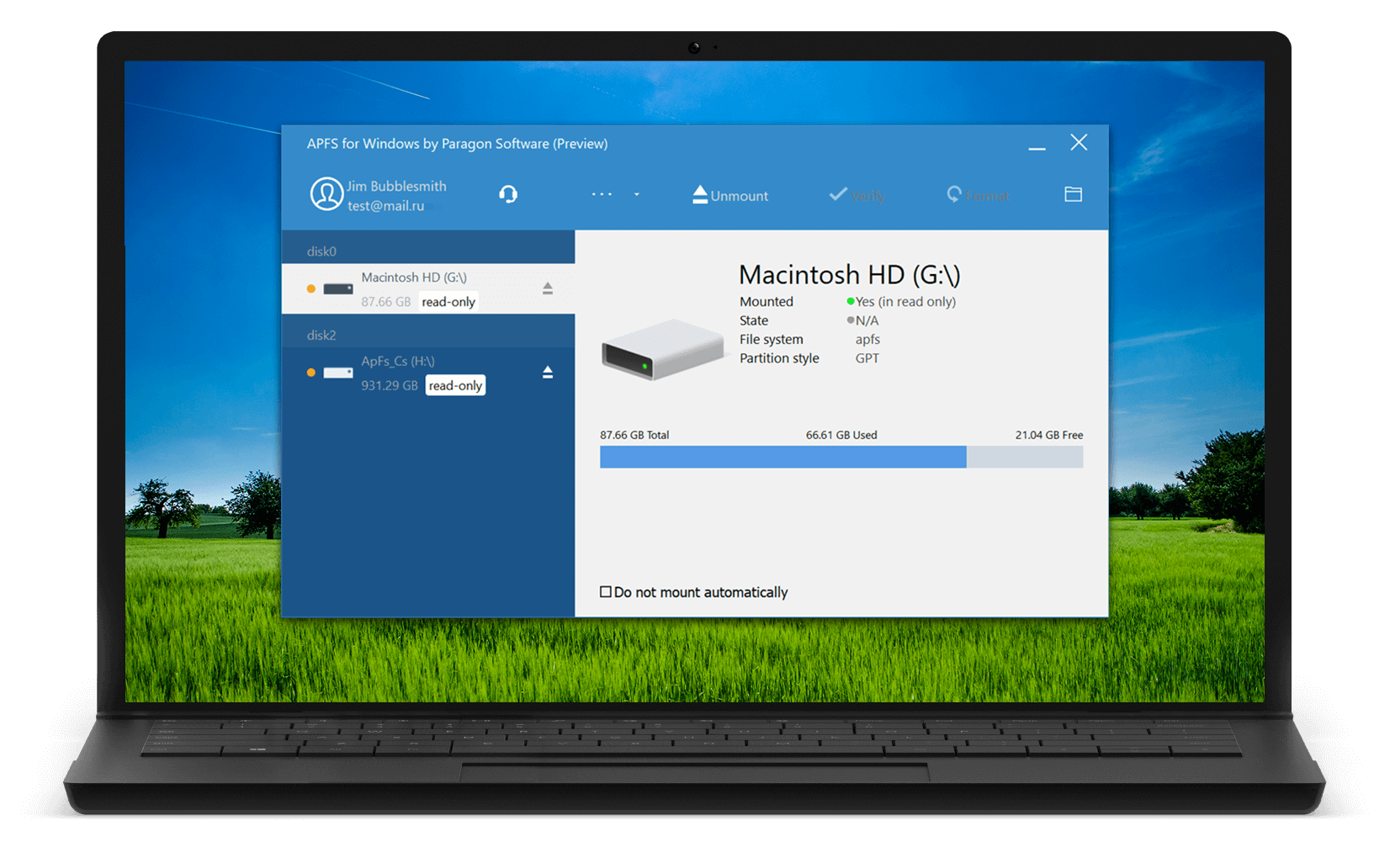

You can mount the USB drive read-only by using Diskutil.


You’re good to go.Option 1: Mount drive read-only. If you run diskutil again and you can check to set that the drive is no writable. Now eject the drive once more and insert it. Use vifs to edit your /etc/fstab (the unix way to mount file systems) and insert these two consecutive lines (per volume): How to do it? With the external drive inserted, runĪnd pick Type, Volume UUID and Volume Name of your drive. And if I want to write to the disk, it is just a quick edit (change the ro below to rw). In addition, I cannot by chance overwrite files or move stuff around. Now I can unplug the drive whenever I want accidentally or not, MacOS stays quiet. Since I only use it for static files, this is just perfect. The solution for my use case is to make the drive read-only. And they are right, OSes nowadays continuously write stuff to drives and disconnecting without first ejecting the drive can result in corrupted files. However, there is an issue: The drive can get disconnected at times (poor USB-C connector on Samsung cable) and sometimes when moving around with the laptop I just want to unplug that drive quickly without that annoying message from MacOS, that I wrongly disconnected that drive. Very convenient and it doesn’t interfere with my business stuff. Now, when I am in the hotel, I just connect that SSD to get my full library on the go. I then moved my static sound library (Alchemy, Apple Loops, EXS samples, Native Instruments Komplete etc) to that disk and created symbolic links to that SSD. Therefore, I bought an external USB-C Samsung T5 mini SSD that is super-fast and has a small form factor. I have a ton of music software content (samples, sounds etc) that makes it impossible to take with me on my MacBook Pro directly.


 0 kommentar(er)
0 kommentar(er)
